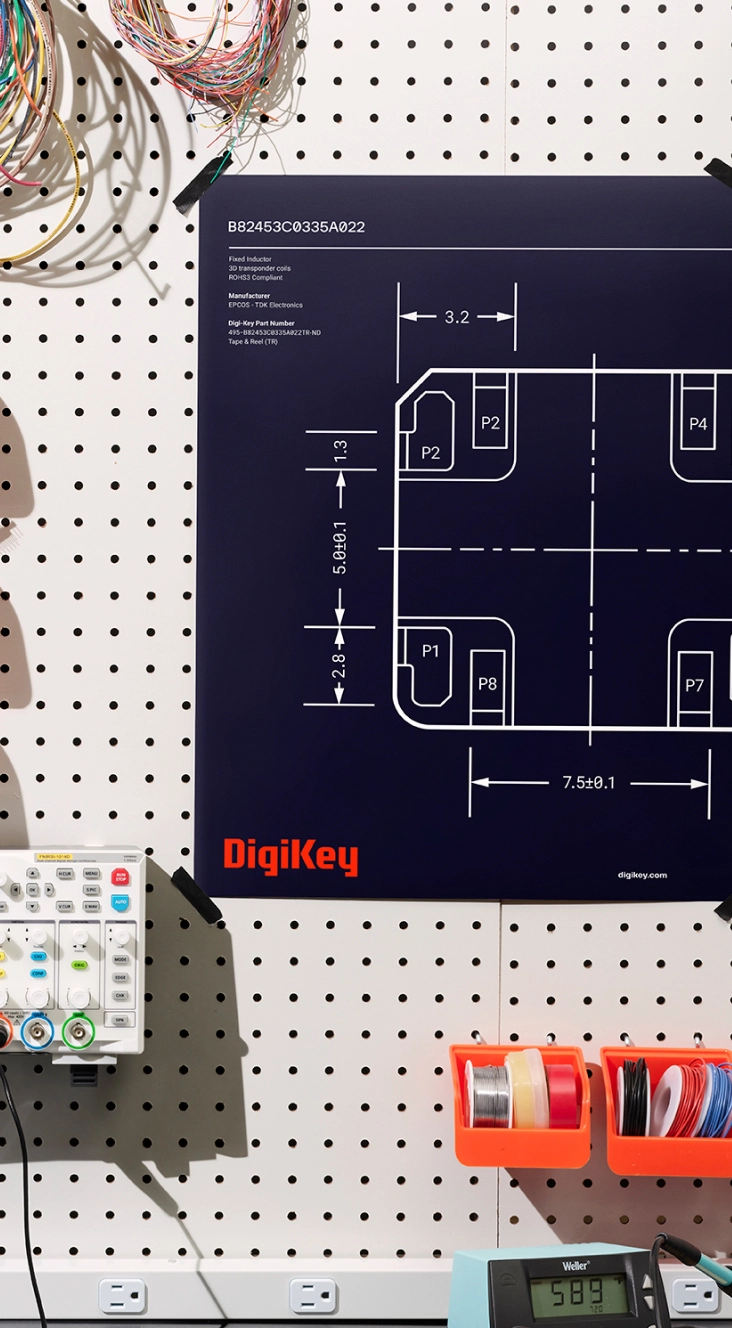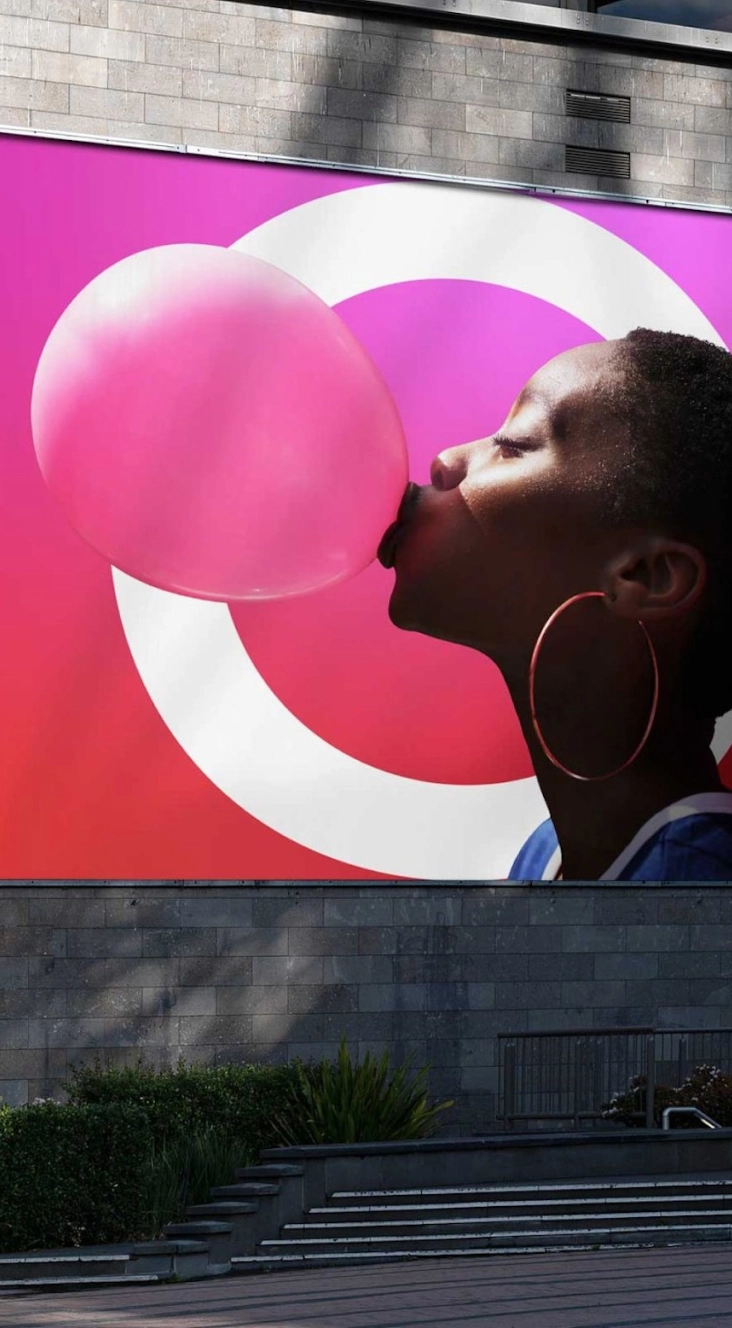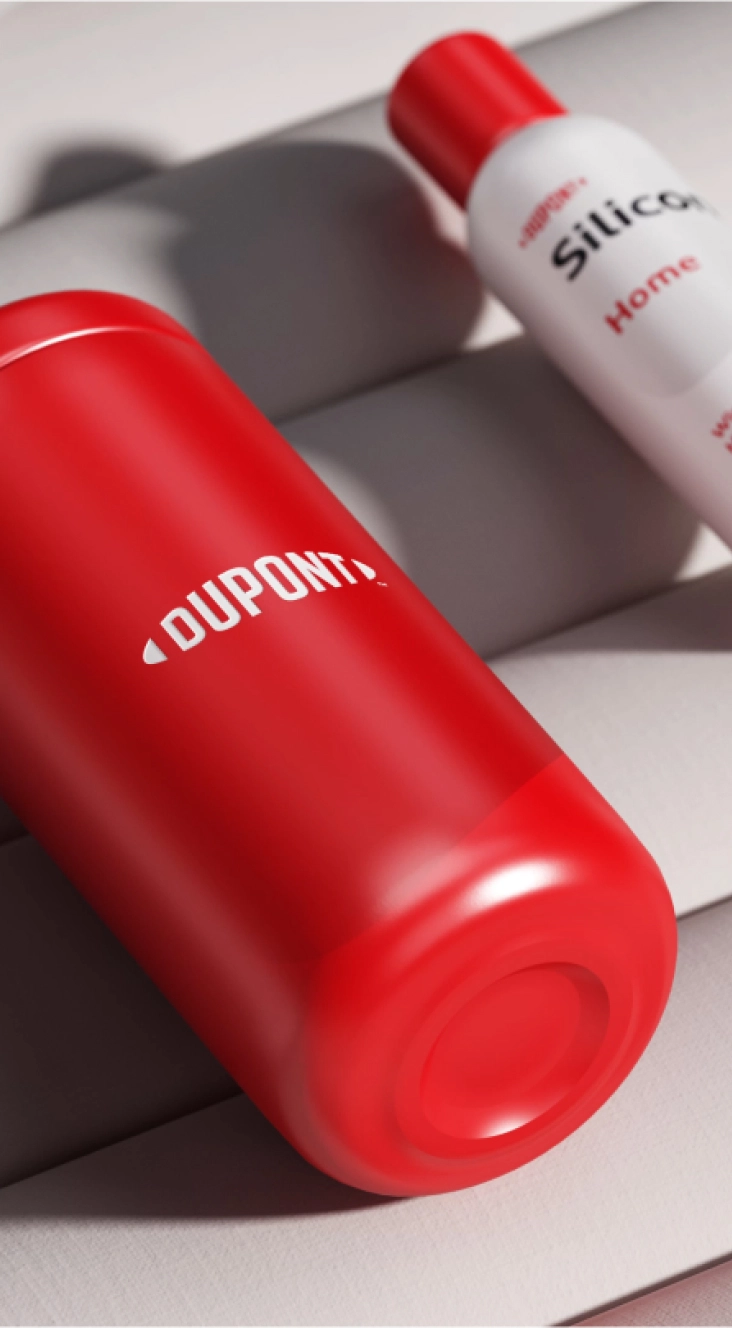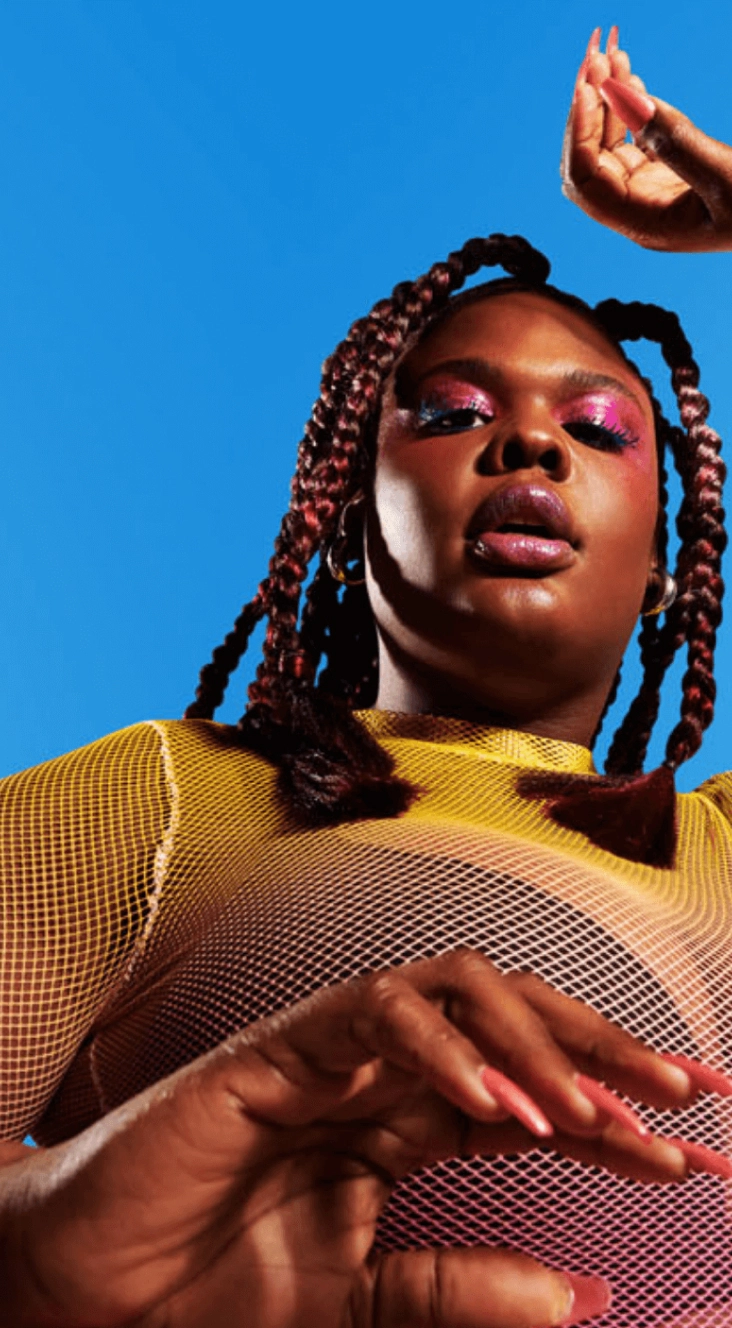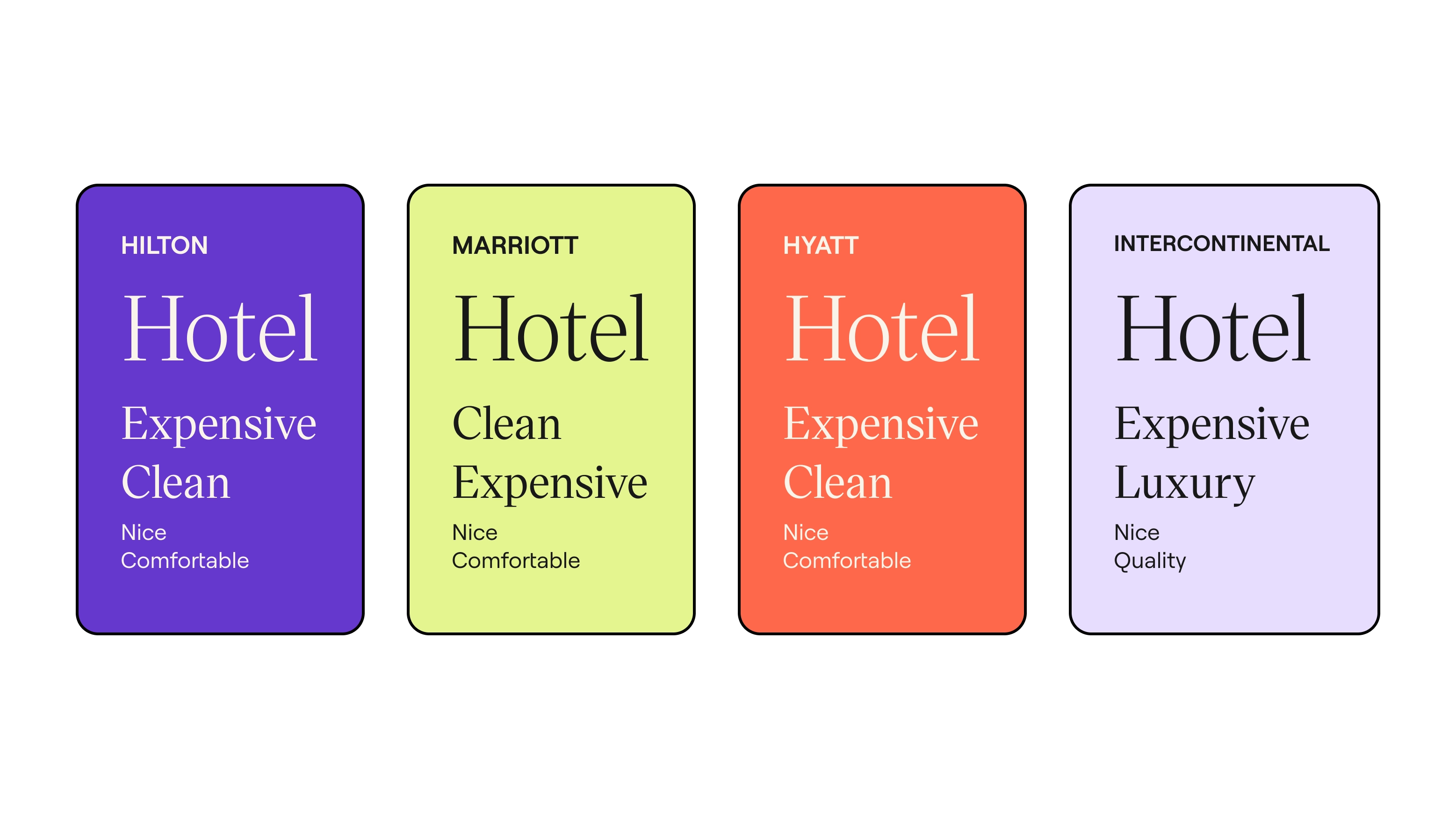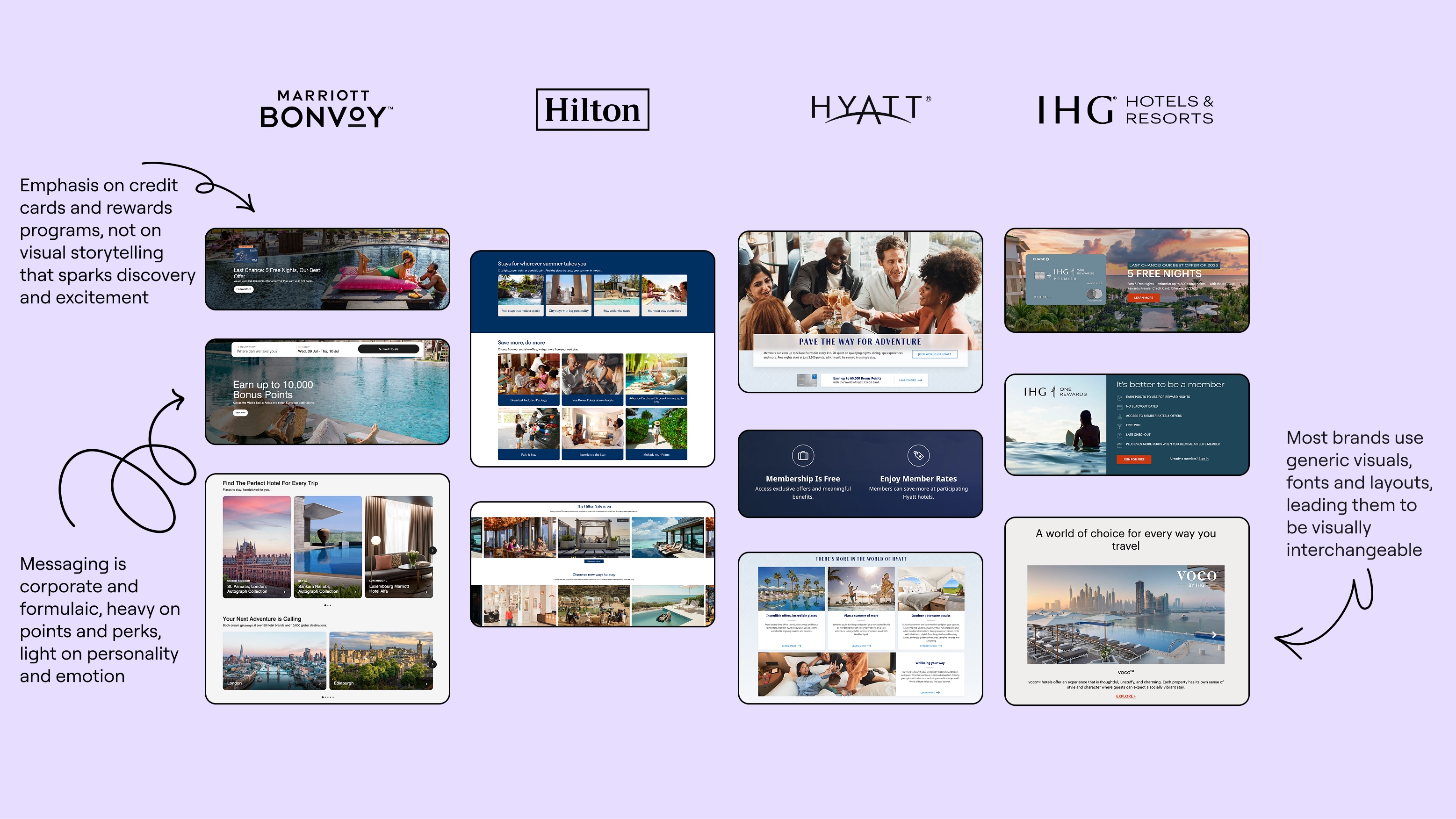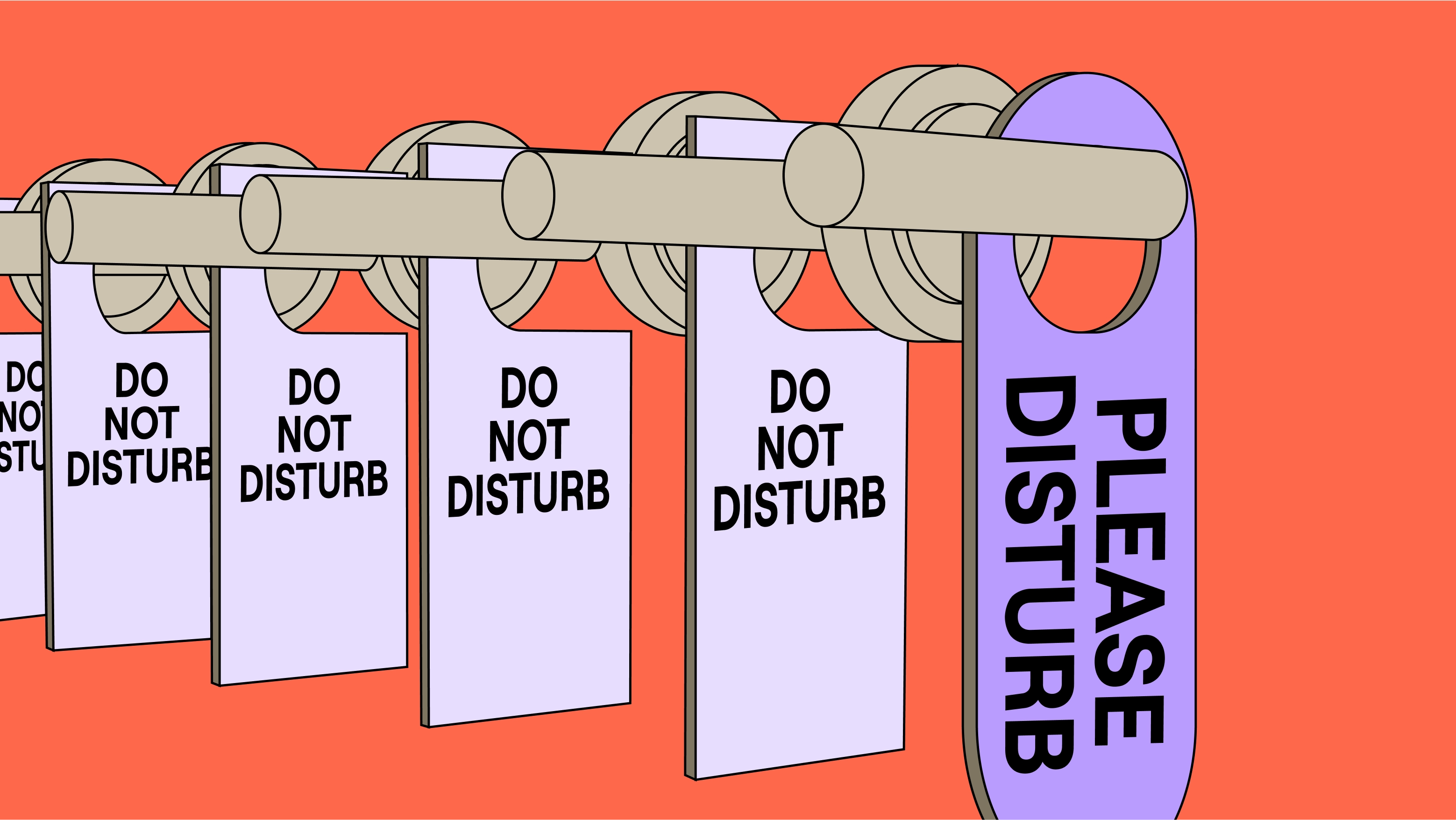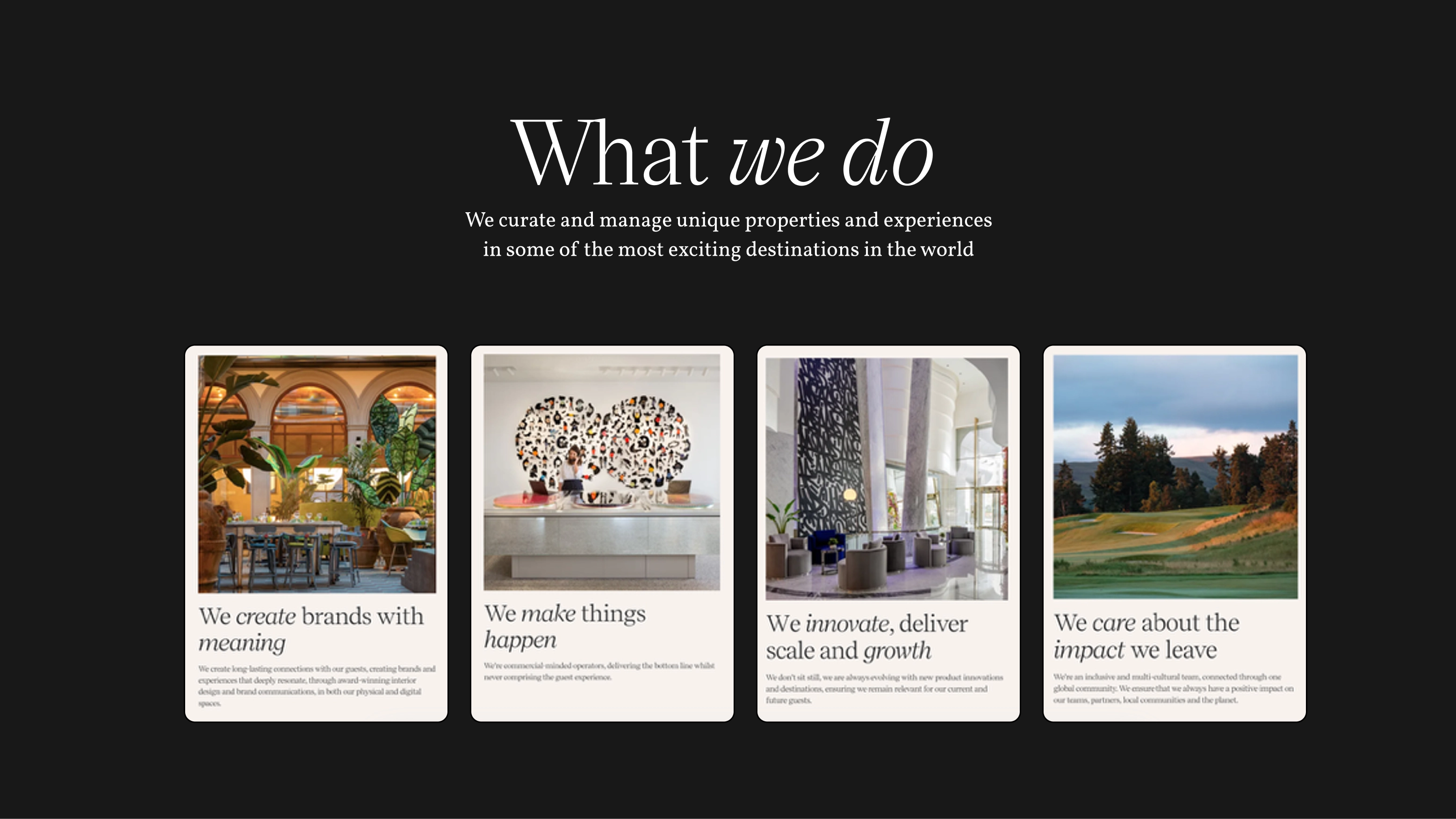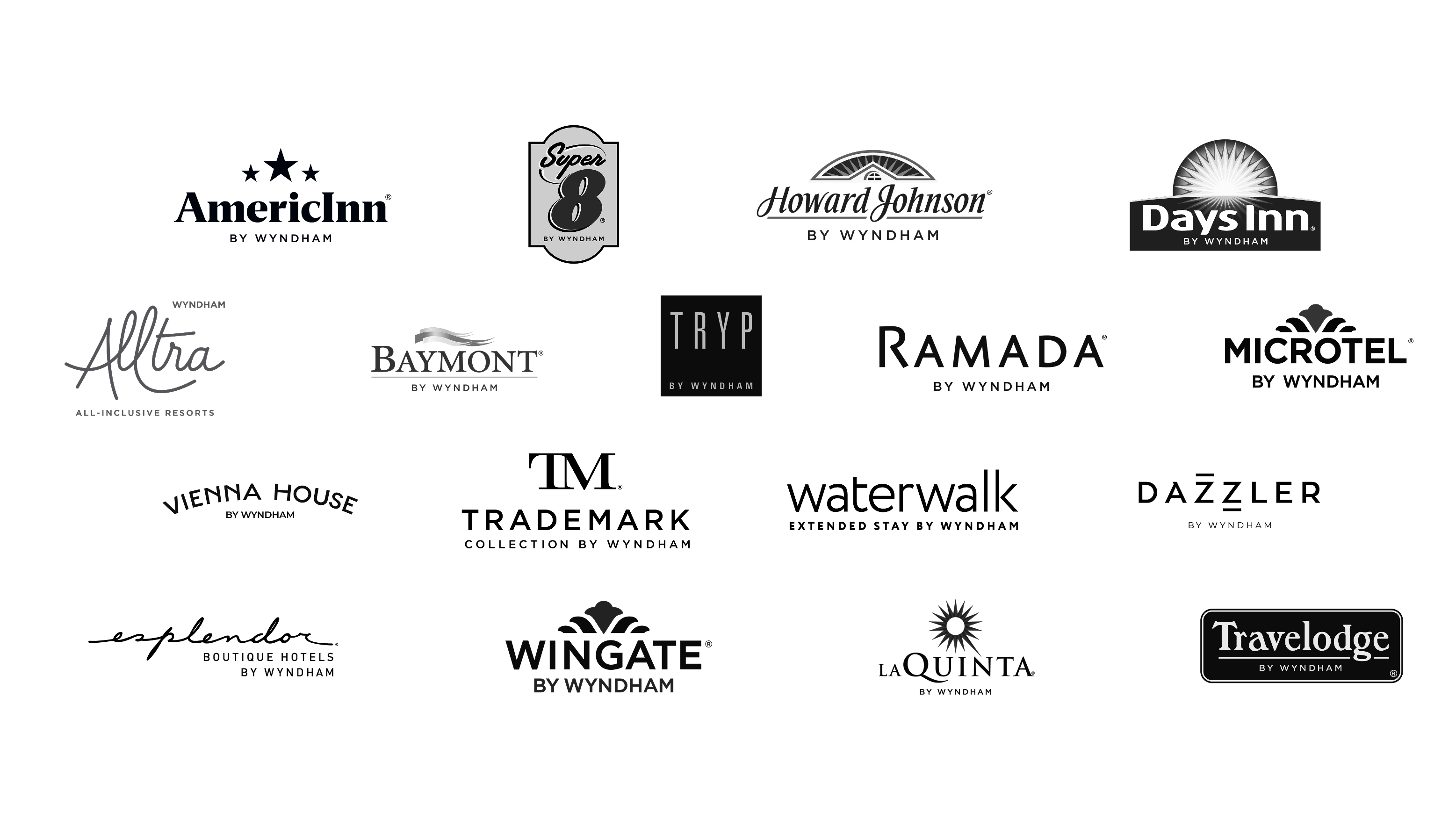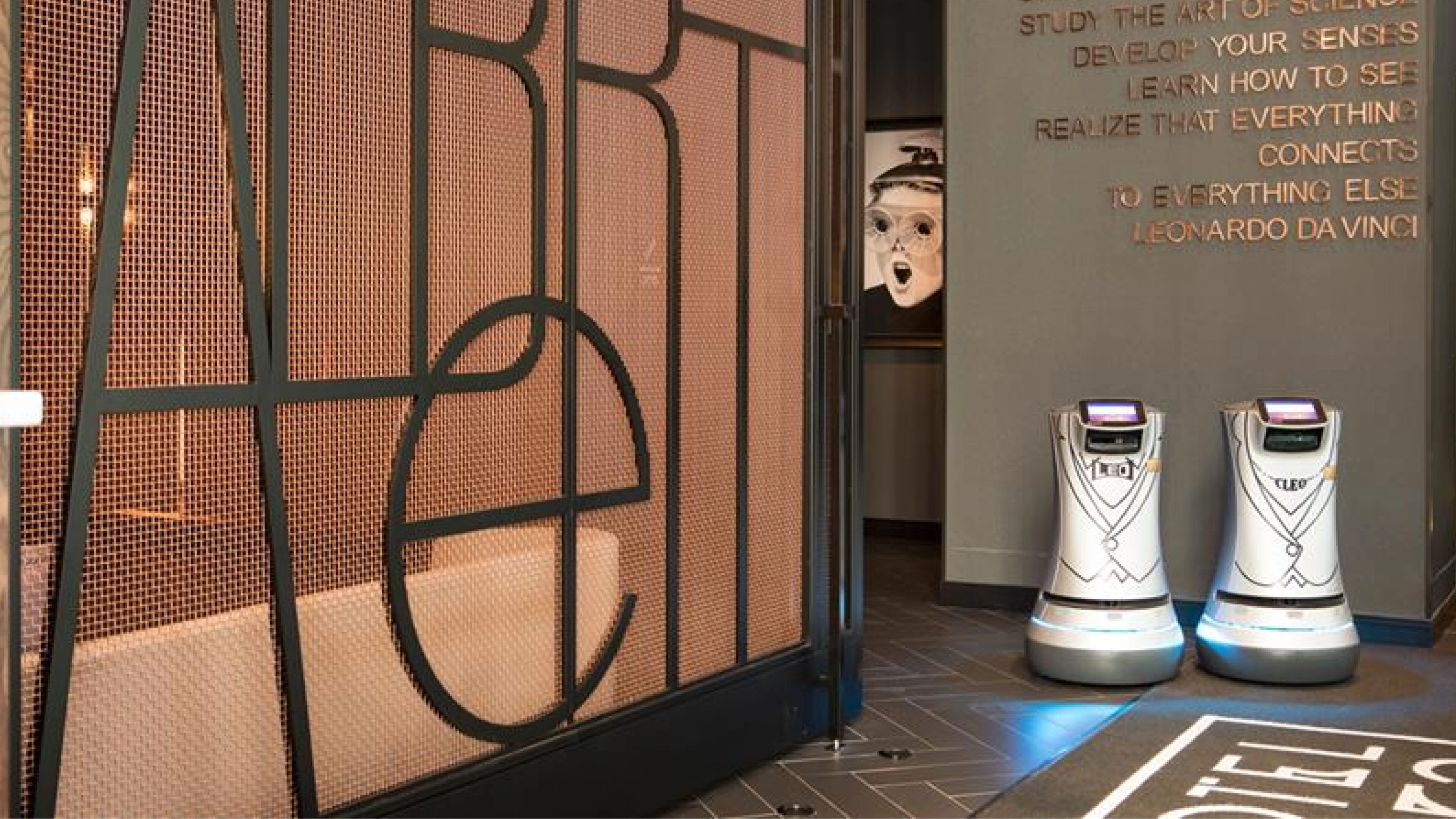Looking Vertically
Five ways hospitality brands can break through
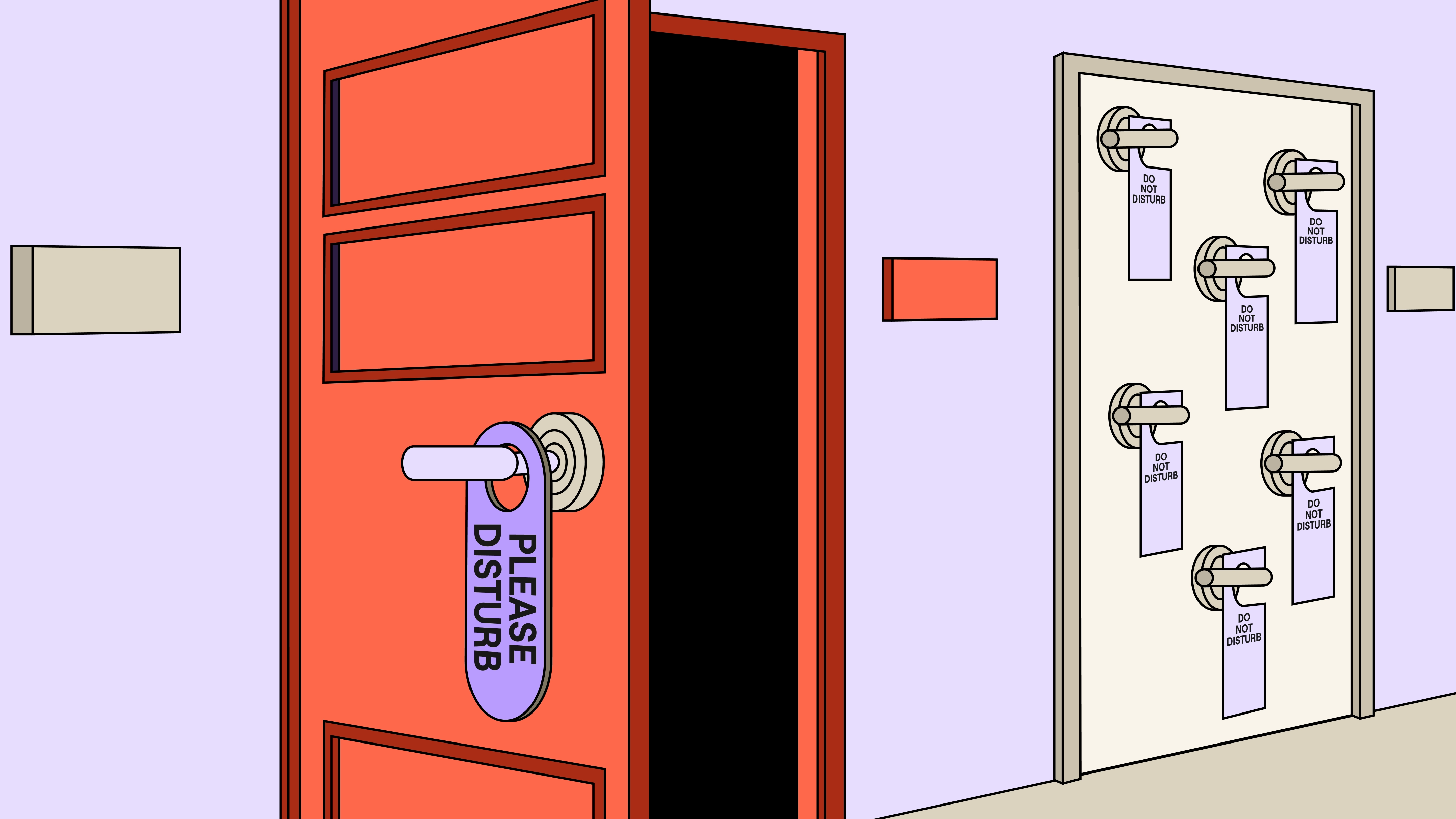
Surviving the lows of the pandemic, managing the spikes of “revenge travel,” adjusting to new customer preferences, incorporating new customer lifestyles—it’s conventional wisdom to say, “travel is back,” and indeed many current metrics even surpass pre-pandemic levels. But if it’s “back,” it’s returned to a very different home.
What’s the role for brand in hospitality’s new normal? We explore a few key challenges that ultimately lead to five guiding principles for hospitality leaders looking to turbocharge their brand’s presence in stakeholders’ lives.
Brands have gotten big. Expansions, acquisitions, and industry consolidation have led to enterprise mega-portfolios that play across all market segments, blurring the traditional lines between chain and boutique, luxury and affordability, homeshare and hotel. Marriott has 37 distinct portfolio brands, Hyatt has 32, Hilton and Wyndham have 24, and IHG has 19.
What’s good for growth can bring challenges for brand, as enterprise meaning has become diluted in customers’ minds. We asked 50,000 consumers what they felt hotel brands stood for. The results were frequently positive but functional, and perhaps most worrying for brand leaders, interchangeable.
What does the enterprise brand stand for, when the enterprise contains such multitudes? In other words, what do big brands want to be now that they’ve grown up?
Visual systems often add to the sense of sameness. There’s tremendous power and personality within each portfolio, but at the enterprise level, imagery and messaging often feel corporate and even generic, more like an ad for a credit card than a portal for discovery.
What the diverse properties in any portfolio do have in common, though, is participation in the same loyalty program. This has led to a situation where enterprise loyalty programs are essentially serving as the de facto enterprise brand. That’s a lot for a loyalty program to carry, especially when the latest research uncovers new concerns around customers’ favorite perks.
Membership in hotel loyalty programs is booming. Major programs have added half a billion new members since 2018. The average U.S. consumer belongs to fifteen loyalty programs (a 10% increase from 2022). People love points, which has created a perhaps predictable but still paradoxical outcome: The more loyalty programs you’re in, the less loyal you are.
More specifically, as participation has grown, both loyalty—the degree to which a consumer would consider buying from an alternative brand—and engagement—the measure of how often people interact with a loyalty program—have declined, especially in hospitality. Hotels ranked #11 out of 12 industries surveyed for effectiveness of their loyalty programs. The average hotel loyalty program has become not so much a system that creates loyal customers, but one that gives coupons to repeat visitors.
Of course, no brand wants to be in this costly and convoluted reality, and part of the problem comes down to how today’s customers plan their trips. It’s a complex process that doesn’t involve traditional hospitality brands until the very end.
On average, in just the 45-day window leading up to a trip, a customer’s planning process spans 140 page views and takes more than five hours. This journey has become complicated but also second-nature for many optimizing travelers, who turn to social media, search engines, and AI assistants for inspiration; online travel platforms for planning and discovery; and traditional hospitality websites merely for booking (if that).
The question becomes: how can hospitality brands play a bigger role in this process, going from bottom-of-the-funnel to top-of-mind?
Against this backdrop of sweeping change in corporate structure and consumer behavior, hospitality brands have to work harder than ever to stand out and drive growth. What’s a brand leader to do? Here are five principles to help guide solutions.
As portfolios have grown, differences between hospitality groups have become harder to parse. Now is the time to lean into that fundamental question: What do we want to stand for? For customers? For employees? For franchise owners? For investors?
Powerful enterprise brands make a corporation more than the sum of its parts, and they start with investigating: What’s our deeper why? Are we, first and foremost, a holding company dedicated to driving growth? A strategic curator celebrating portfolio brands? A caring leader that attracts top talent? A quality guarantee for anxious travelers? A platform for discovery in modern travel?
To stand out, brands have to clarify their unique commitments and position in a way that connects with audience priorities. Ennismore made a clear choice. The global collective of 16 hotel brands, 500+ restaurants, resorts, performance venues and bars has positioned itself primarily for the investor and employee audiences, highlighting the breadth of their portfolio, the skills of their entrepreneurial talent, the passion of their founders and operators.
The answer for every enterprise brand will be different, which is, of course, the point. Because today, to customers, most enterprise brands feel the same.
Inorganic growth can introduce complexity to enterprise strategy. For hospitality groups, brand portfolios need to be more than just big clusters of bolt-on acquisitions. Instead, they should be designed to maximize leverage from owned brands while driving marketing efficiencies across.
Wyndham adopted a consistent branded house approach by adding “by Wyndham” to all portfolio brands. The endorsement measurably increased brand consideration and revenue, and has contributed to Wyndham’s steady growth (+31% stock performance) since its spin-off in 2018 as a pure-play hotel franchising and management company.
How can brand architecture help your hospitality group get more credit for the equities you’ve already invested in?
Visual, interaction, and experience design set your brand apart. They express who you are, establishing an authentic language that transcends templates and stands out in a crowded and mature market where competitive offerings often blur together. A consistent and differentiated design system signals what you value, how you think, and why guests should care.
Aman’s unique design language advances the brand’s promise of peace and serenity with muted colors, elegant fonts, and photography that highlights harmonious balance.
How can you deploy design to create connection, build distinction, and elevate brand perceptions?
Loyalty programs have never been more important and consumer expectations have never been higher. Effectiveness depends on more than just points. How can your program create memorable experiences?
Hyatt’s Guest of Honor benefit allows World of Hyatt members to extend their elite status to friends and family. “Gifting status” carries outsize value for both givers and receivers, reinforcing the brand’s core positioning around caring for others.
How can you go beyond table stakes perks to deliver unique services that reinforce core values and create enduring relationships?
Every element of the guest experience provides an opportunity to connect, and today’s hospitality providers must think strategically about the balance of digital and interpersonal connection.
Technology can do far more than enable efficiencies—it can elevate service, demonstrate understanding, and showcase your differentiated brand promise. Marriott’s HotelEMC2 has introduced multilingual AI concierges that enhance service for international clientele, plus robotic butlers that save time and deliver on the brand’s mission to marry “sophistication” and “innovation.”
How can you go beyond efficiency and use technology to create immersive brand experiences that solve real customer pain points and set the stage for memorable stays? On the flip side, how can you ensure your brand has core moments of empathetic, human connection? And how can you strategically and harmoniously weave together technology and humanity?
To draw on a dramatic analogy: When a person emerges from a near-death experience, they often emerge forever changed, ready to ask big questions about who they want to be, how they want to live, how they long to grow. It’s easy to forget that just a few years ago, commentators were wondering if travel would ever return. The hospitality industry has, indeed, survived. And growth in the future might look very different than success in the past. The winners will be the brands who take this turning point seriously, find the truths inside the trends, earn lasting loyalty with changing customers, and position their brands to inspire, expand, and break through.
Thank you!
If the download does not start automatically, please click here


